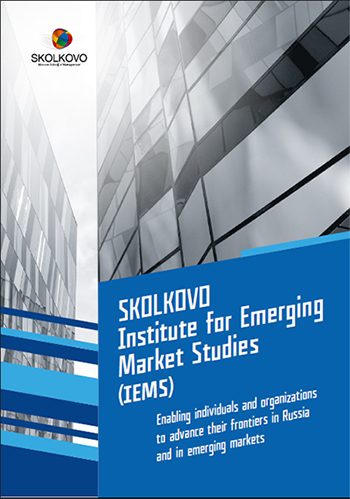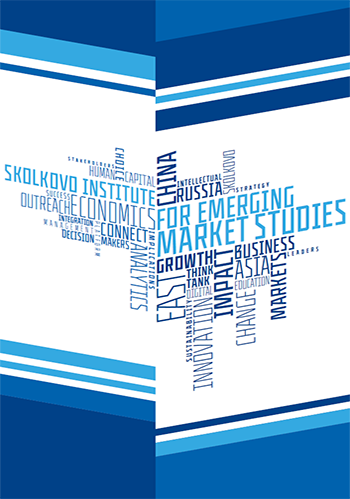Brave New World: Emerging Market Index 2010-2011
The SKOLKOVO Emerging Market Index is comprised of a weighted average of 15 variables, under five primary components (macroeconomic performance, macroeconomic conditions, health & human capital, economic & political freedom, and market size). The 113 developing countries in the study are then ranked under four stages of emergence. “Advanced stage emerging” economies top the list and generally have many of the same characteristics as the rich, developed economies. Bringing up the bottom are the “Dormant” economies, which currently show no signs or any hope of economic vitality or dynamism. “Early-stage” and “Intermediate-stage” emerging economies rank somewhere in the middle and show some promising signs of emergence despite still possessing many economic, political and social obstacles.
Highlights from the 2010 index include:
- Of all the regions, Asia fared by far the best in 2010 (over 2009), seeing nine more of its emerging market economies rise in ranking than fall.
- Poland overtook Estonia to become the number one ranked emerging economy in 2010, largely the result of its relatively better economic performance during the post-economic crisis relative to other Eastern European states.
- Despite the large presence of international troops, Afghanistan replaced Somalia as being ranked dead last in 2010.
- China’s enormous population and its health and human capital (life expectancy and literacy are very high by emerging market standards) and superior economic performance gave it a top ranking in the “intermediate-stage” emerging category. Despite its enormous influence on the global economy, China’s next to last ranking in political freedom (just above Libya in the intermediate category) has kept it from advanced emerging status for now.
- Brazil’s recent improved economic performance has lifted it from a mediocre intermediate stage ranking in recent years to a fifth place ranking. Brazil’s weakest component is its health and human capital and its strongest is its market size. Russia’s (ranked 14th in the intermediate category) macroeconomic conditions and market size indicators resemble that of an advanced stage emerging economy but its abysmal institutional ranking is holding it back. It also has a poor health ranking (26 out of 33).
- There are several noteworthy things about the dormant category. First, the worse countries in this collection are generally plagued by some form of civil war or strife. The only standout in this category would be Venezuela, which has a very high per capita income ($12,300 in 2009) and commercial development compared to all the dormant countries and even the early-stage EMEs. The problem for Venezuela is that every other indicator had been rapidly deteriorating in recent years, dimming its current status.
- Africa’s star emerging performers are South Africa, Egypt, Algeria, Botswana, Libya, Tunisia and Gabon (the only African countries ranked in the Intermediate stage category). Collectively these countries match the average GDP per head of the BRICs.
View in PDF.
Contact us
-
SKOLKOVO IEMS
+7 495 539 30 03
SKOLKOVO Sustainable Business Center monitoring
Leave your contact details and we will send you our monthly monitoring



